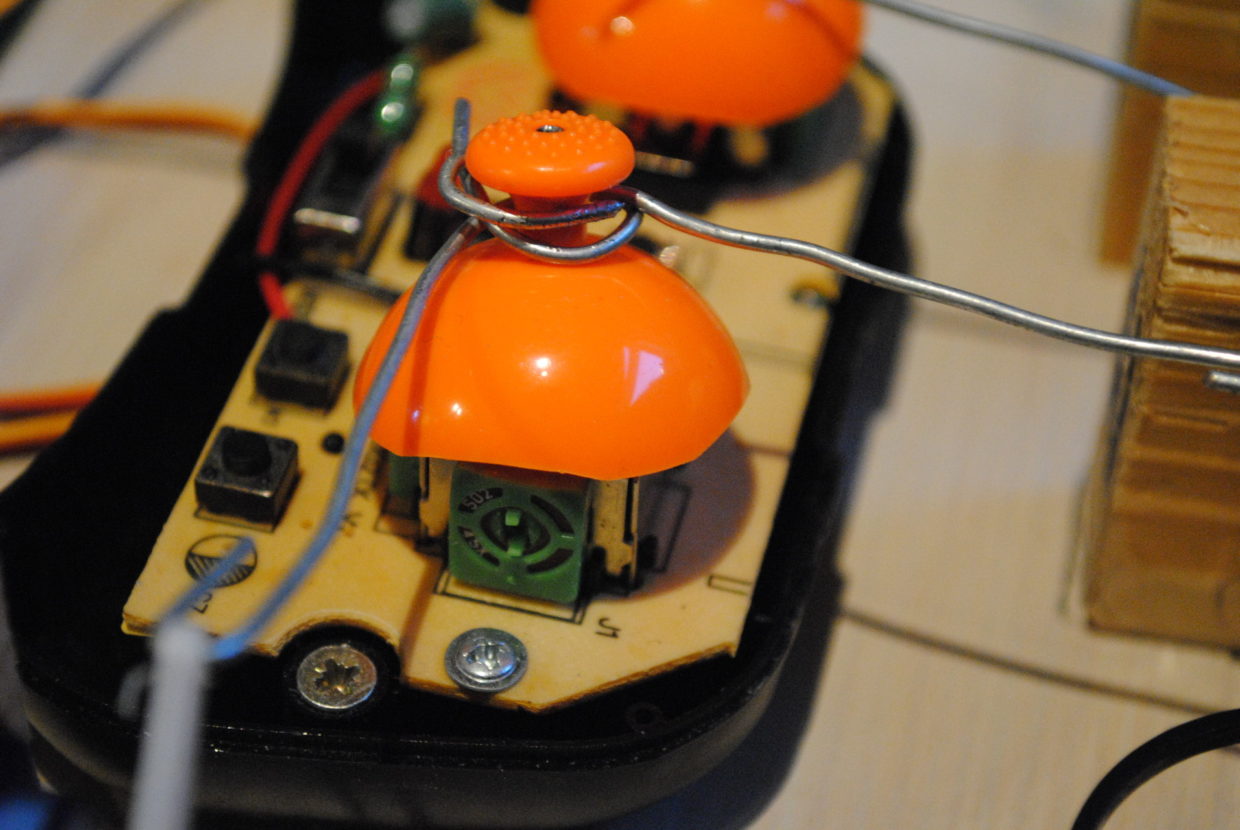Drones are aerial unmanned crafts that have recently become increasingly more popular with hobbyists and aerial photographers. Nowadays these drones are more in demand by people who are not simply flying for fun, but for photographing structures from the air; such as real-estates. Properly flying a drone requires a lot of experience and can be difficult even with lots of experience.
Currently, drones are controlled using some sort of a physical controller, such as a joystick or a handheld controller. Initially, users are presented with a high learning curve when trying to fly a drone with such a controller. Furthermore it is difficult to operate any other objects or devices while flying the drone because both of the pilots hands have to be used to control the drone at all time.
We have tried to find out whether or not controlling drones using hand movement, without the user having to hold a physical controller is a viable alternative to existing control methods. This might potentially allow for a more accurate, natural and easier control of a drone. In the end, we feel like this control scheme is also more extensible than traditional, physical controllers; since additional gestures can be recognized to, for example, take a picture.
Experienced drone pilots may still have trouble accurately controlling a drone in a natural fashion. A real-estate photographer, for instance, may want to take a quick picture or move the drone to the left a bit, without having to fiddle with buttons or knobs on a physical device. A hobbyist multi-tasking while flying a drone is near-impossible with physical controllers, as you always need two hands to use a controller.
To address these issues, we have researched whether or not controlling a drone by means of hand movement is a viable alternative to existing control schemes, allowing pilots to, for example, fly with one hand, or flying while holding another object in their hands.
Currently, drones are controlled using some sort of a physical controller, such as a joystick or a handheld controller. Initially, users are presented with a high learning curve when trying to fly a drone with such a controller. Furthermore it is difficult to operate any other objects or devices while flying the drone because both of the pilots hands have to be used to control the drone at all time.
We have tried to find out whether or not controlling drones using hand movement, without the user having to hold a physical controller is a viable alternative to existing control methods. This might potentially allow for a more accurate, natural and easier control of a drone. In the end, we feel like this control scheme is also more extensible than traditional, physical controllers; since additional gestures can be recognized to, for example, take a picture.
As a result we could conclude that the Leap Motion certainly offers a viable alternative to the range of existing drone control devices currently on the market. It can be precise and the drone can be flown correctly after several minutes of training.
There are, however, some limitation to the system. First and most important is: learning to correctly and efficiently steer a drone this way, is not less difficult than existing controllers, which is something we were looking for. Secondly we wanted to offer the user freedom in their movements when using this controller. Even though a user’s hands are now completely free and he/ she is able to operate other devices at the same time as flying, they are not able to walk around. This is a clear disadvantages to existing controllers. Furthermore (at least one of) your hands is still expected above the Leap Motion, which makes this too a debatable statement since it leaves users not entirely free in their hand movements.
